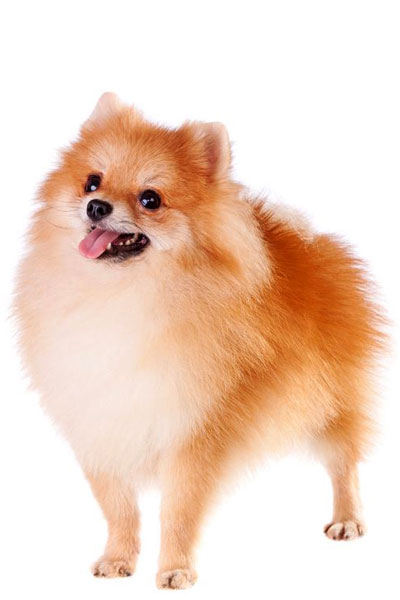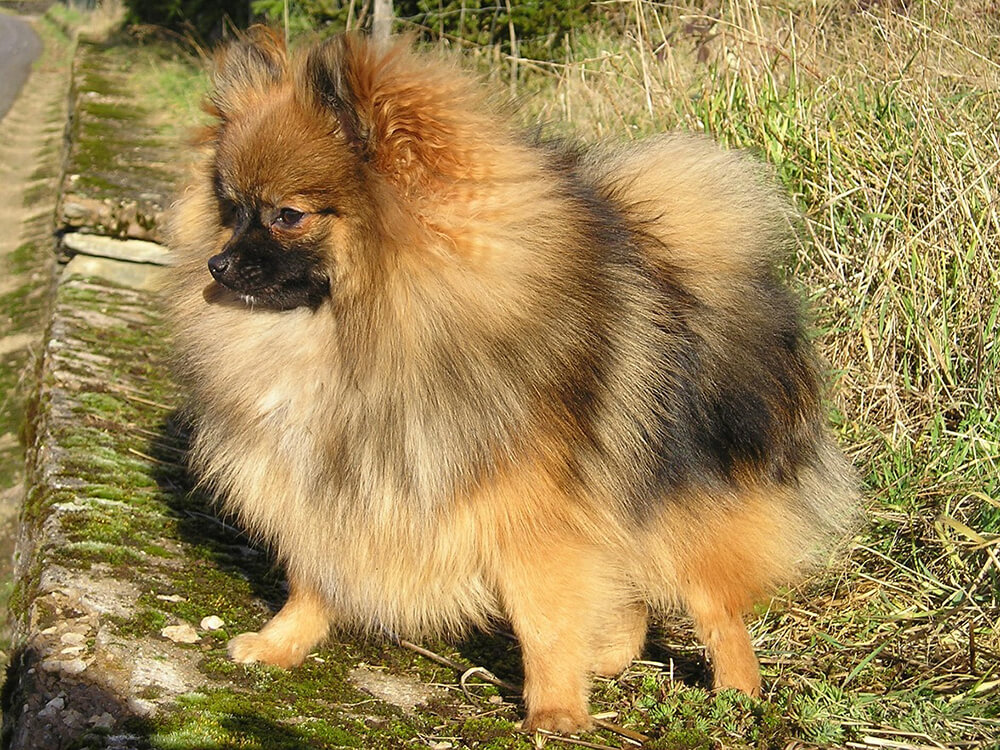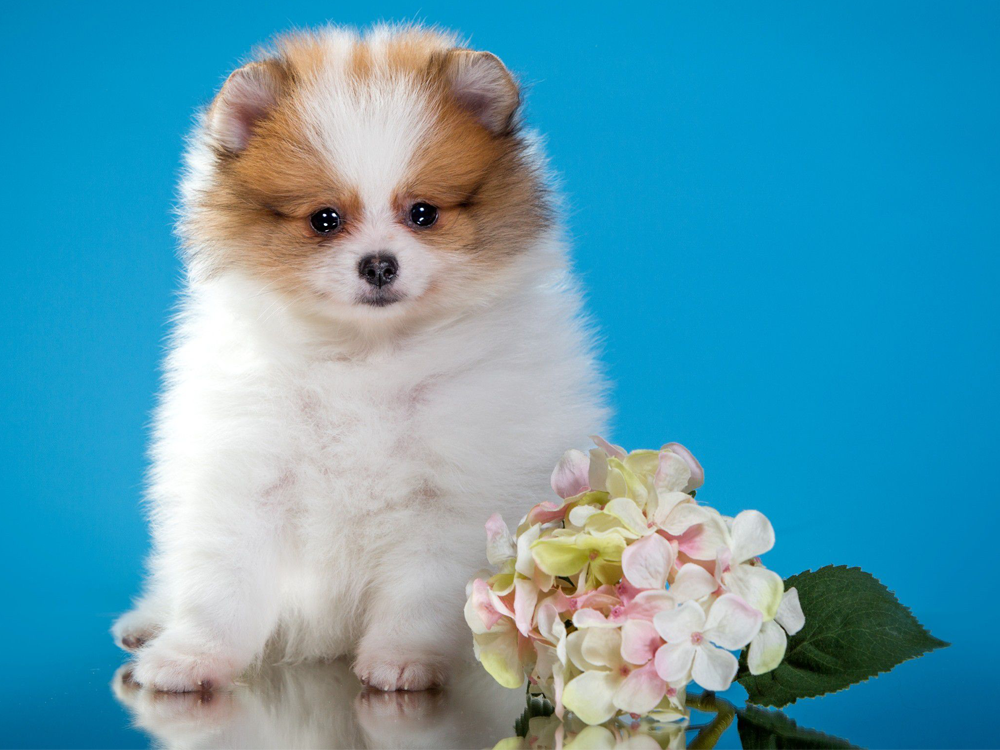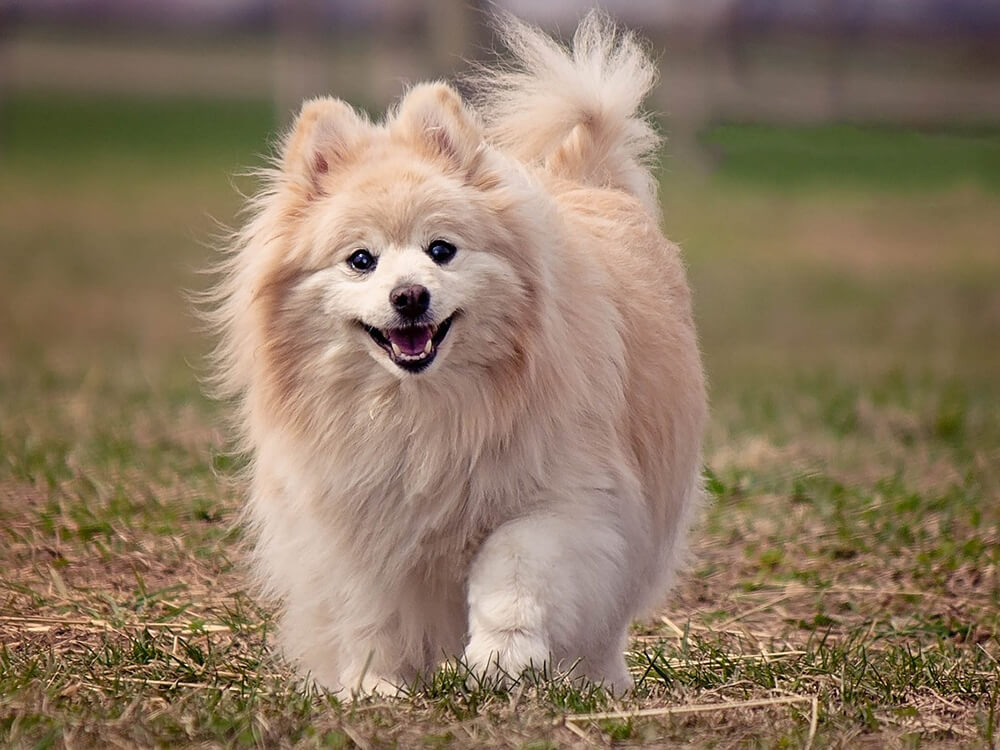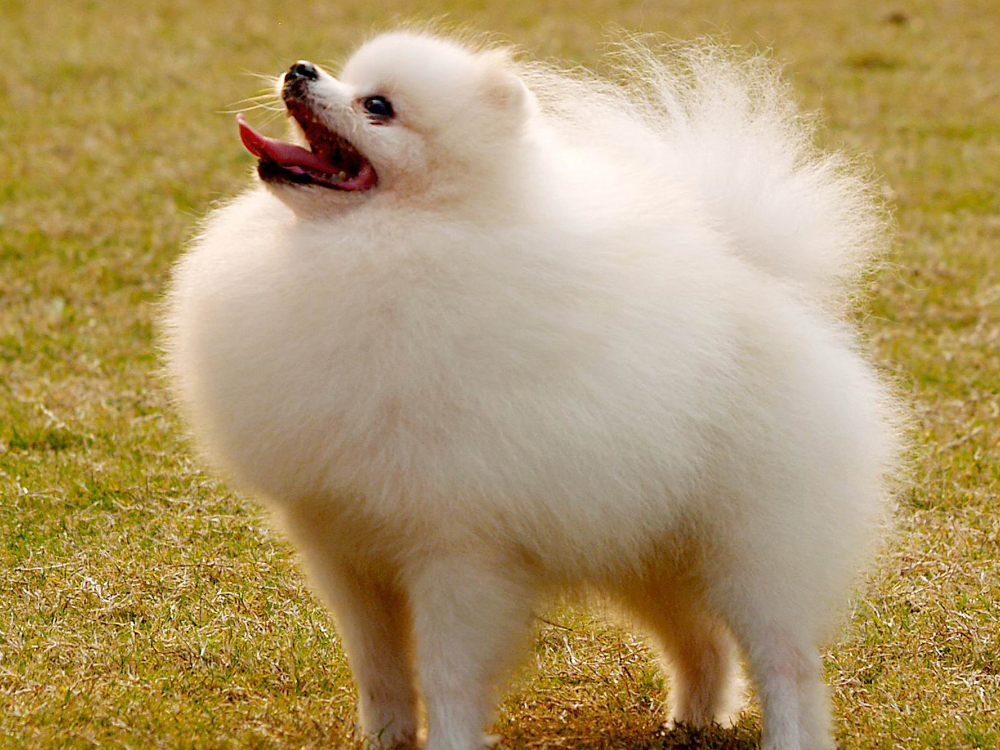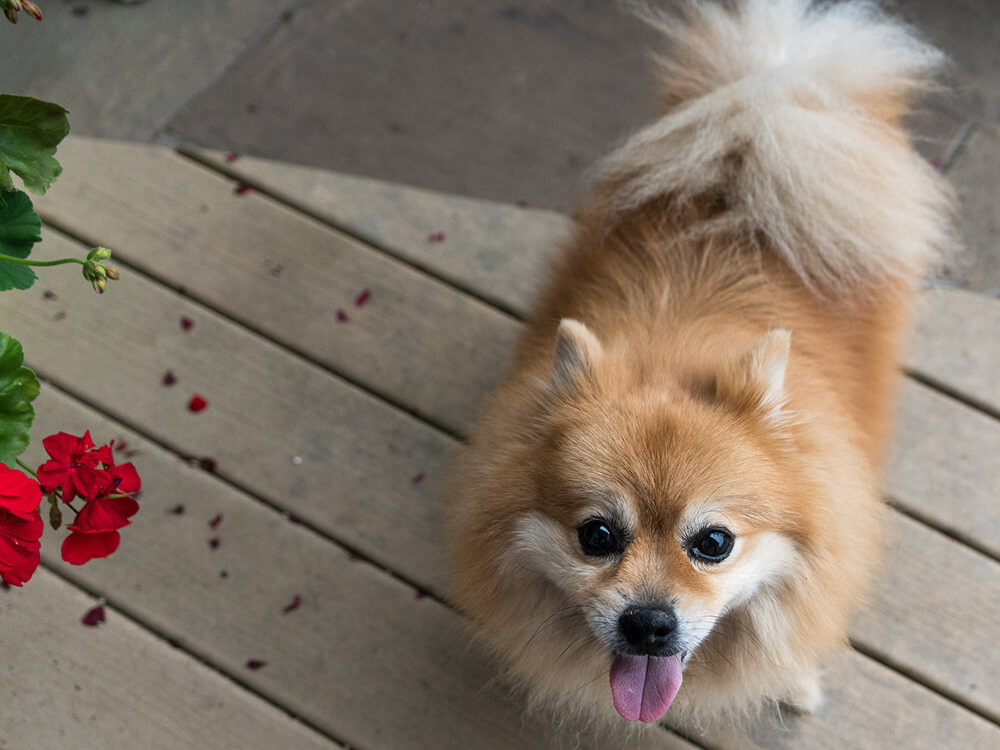
Pomeranian Breed Pictures
Vital Breed Stats
| Height: | 18 - 30 cm M | 18 - 30 cm F |
| Weight: | 1 - 3 kg M | 1 - 3 kg F |
| Breed Group: | Pastoral Dog Group |
| Life Expectancy: | 13 - 15 years |
| KC Registered: | No |
Breed Characteristics
| Size: |  |
| Grooming: |  |
| Exercise Level: |  |
| Trainability: |  |
| Barking Level: |  |
| Good with Children: |  |
| Good with other pets: |  |
| Affectionate: |  |
| Protective: |  |
| Cost to Keep: |  |
Give a thumbs up if you love the Pomeranian

0
More About the Breed
History
The Pomeranian originated and got its name from the province of Pomerania, a region between Germany and Poland. Although the exact breeds that made up the Pom are unknown, it is believed to have come from large spitz types. Some of its ancestors are the German spitz, Norwegian elkhound, and American Eskimo dog. Early Pomeranians were large dogs, some weighing up to thirty pounds.
The Pomeranian quickly rose to popularity in royal circles and was beloved by renowned personalities like Martin Luther, Michelangelo, Isaac Newton, and Wolfgang Amadeus Mozart. It only got the attention of the general public through the efforts of Queen Victoria in the 1880s. After falling in love with a twelve-pound Pom named Marco, she established a kennel that bred small Pomeranians. This inspired breeders to reduce the size even more, which made the Pom a well-loved toy dog.
The Pomeranian Breed Club was established in 1891 in England, followed by the creation of the first breed standard. It remains to be one of the most popular breeds in the world. The Pomeranian is recognised by the Kennel Club in the UK.
Appearance
The Pomeranian is the smallest of the spitz-type dogs that exudes intelligence and vivaciousness. This foxy-faced dog weighs 3–7 pounds and stands 13–28 centimetres at the withers. Its head and nose have a foxy outline with a slightly flat skull and small erect ears. Its eyes are dark and almond-shaped, and its nose can be dark or take the same colour of its coat.
The Pom is renowned for its thick double coat comprised of a long, straight, and harsh outer coat with soft and fluffy undercoat. Its hair is thicker around the neck, shoulders, and chest with feathering around the forequarters, thighs, and hind legs. According to the Kennel Club, all colours are permissible, but there should be no black or white shadings. Common colours include black, white, brown, and blue. Merle is considered a fault.
Grooming
Keeping a Pomeranian’s coat in top shape requires time and effort. Since it is long and fine, brushing a few times daily is important to prevent matting and tangles, and keep shedding at bay. Certain areas need to be regularly trimmed like the face, ears, backside, and feet. Bathing should be done at least once or twice a month especially when it spends time outdoors. Taking it to a professional groomer four to five times a year basically keeps its coat tidy and manageable.
The Pomeranian’s coat may take up most of your time, but other grooming needs must also be met. Dental hygiene for one is a super important part of dog care since the Pomeranian is prone to dental problems. Make sure to brush its teeth at least twice or three times a week. Don’t forget to trim the nails and inspect other areas for tick, fleas, redness, and other signs of inflammation. Careful grooming and weekly exam will help in the early detection of potential health problems.
Temperament
Intelligence
It may be cute, but the Pom is not for timid first-time owners who tolerate its stubborn ways. It is a quick learner, but can be very wilful. Training at a young age can correct this behaviour, especially when your alpha role is immediately established. This breed has a reputation for being difficult to house-train, so patience and consistency are key. Whilst it can be a watchdog because it is suspicious of strangers, it has a tendency to bark excessively. Training should focus on socialisation and basic dog manners and behaviour. Since it loves attention, praises and treats are helpful.
When owning a dog, always remember that regardless if they have predispositions, each of them is unique. There are a lot of contributing factors that facilitate its personality development. These include genetics, environment, and exposure to different people and other experiences when they’re young.
Nutrition
- Senior and less active: up to 270 calories daily
- Typical adults: up to 300 calories daily
- Physically active/working dogs: up to 450 calories daily
Feeding
Health
Exercise
Cost of Ownership
Let’s face it, owning a dog is much like having a kid: you have to spend money raising it. In raising a Pomeranian, one will likely have to spend an estimated £21,200–£25,000 over its 12- to 15-year lifespan. However, this estimate does not include veterinary costs when the Pom gets sick, so expect to spend a bit more.
The Pomeranian may cost little to feed, but there are other things to consider such as neutering/spaying, booster vaccination, pet insurance, professional grooming, flea treatments, and dog accessories (e.g., lead, collar, bed, chew toys).
Pomeranian Breed Highlights
- The Pomeranian is a suspicious dog, so it tends to bark excessively.
- Be prepared to vacuum often due to moderate shedding.
- It does not require a lot of exercise, so it is ideal for new dog owners.
- The Pom is small, so it fits well in an apartment without a fenced yard.
- This dog breed is obedient and listens well to instructions.
- It is suitable with kids and is known to be playful and energetic.
